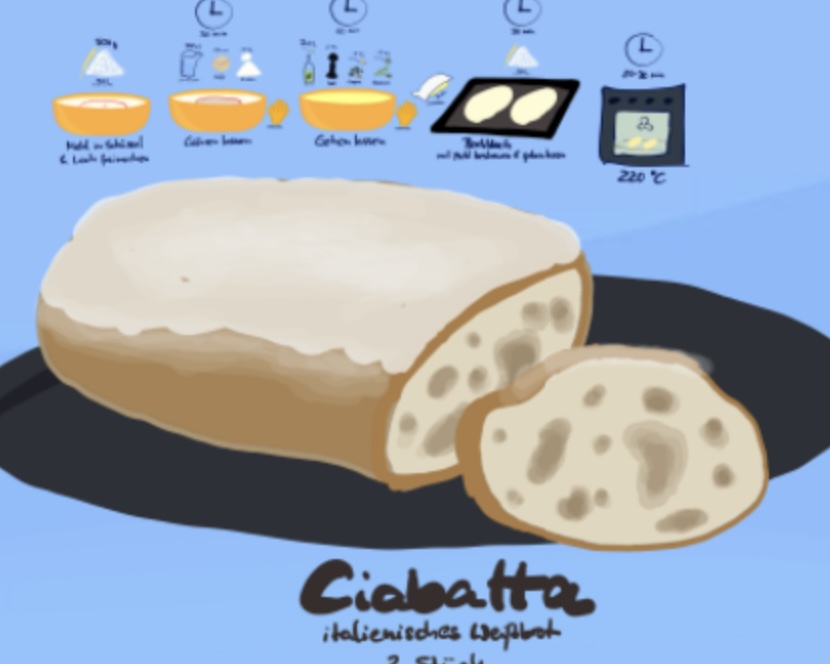Healthy Spelt Bread Recipe
Nutty and wholesome bread, made with ancient spelt grain.Instructions: Tap the Map & Cook Along 👇
Spelt Bread: A Nutty Twist on Traditional Loaves
In the world of artisan breads, where each loaf tells a story of tradition and texture, spelt bread stands out with its unique flavor and wholesome goodness. This ancient grain, once a staple in medieval kitchens, has seen a remarkable resurgence in popularity among modern bakers and health-conscious consumers. With its slightly sweet, nutty flavor and a tender crumb, spelt bread offers a delicious alternative to traditional wheat breads. Let’s delve into the world of spelt bread and discover why it’s capturing the hearts of bread lovers everywhere.
The Renaissance of an Ancient Grain
Spelt, known scientifically as _Triticum spelta_, is a species of wheat that has been cultivated since approximately 5000 BCE. It was a popular grain in Europe through the medieval period until it was largely replaced by bread wheat. Today, spelt is cherished for its nutritional benefits and its robust flavor profile. Rich in dietary fiber, protein, vitamins, and minerals, spelt is not only good for you, but it also brings a depth of flavor that modern wheat often lacks.
Baking with Spelt: A Joyful Experiment
One of the joys of baking with spelt flour is its versatility. Spelt has a slightly lower gluten content than modern wheat, which makes it easier to digest for some people, though it is not gluten-free. Its gluten structure is delicate, which means it requires a gentle touch in kneading. The payoff, however, is substantial: spelt dough yields bread that is soft with a fine crumb, and it’s less likely to become dense than whole wheat breads.
Baking spelt bread is a sensory experience. As the dough rises and bakes, it fills the kitchen with a sweet, earthy aroma that is both comforting and enticing. The final product has a beautiful, golden crust that encases the soft, airy interior, making it as appealing to the eyes as it is to the palate.
Nutritional Benefits of Spelt Bread
Health-conscious eaters often turn to spelt bread not only for its taste but also for its health benefits. Spelt is high in essential nutrients like iron, magnesium, phosphorus, zinc, and niacin. Regular consumption of spelt can aid digestion, boost circulation, and help lower cholesterol levels. Moreover, the rich fiber content of spelt makes it filling and satisfying, perfect for keeping hunger pangs at bay.
Creative Variations
Spelt bread can be easily adapted to suit any taste or occasion. Bakers can experiment with adding nuts, seeds, or dried fruits to the dough to enhance its flavor and nutritional profile. Herbs and spices like rosemary, thyme, or cinnamon can also be incorporated to create aromatic and flavorful variations. Whether it's a simple spelt loaf, a spelt baguette, or a sweet spelt fruit bread, this grain lends itself to a wide range of bread-making adventures.
Conclusion
Spelt bread is more than just a delicious loaf—it’s a link to our culinary past and a healthier alternative in our present. It appeals to those who appreciate the art of traditional bread-making and those seeking nutritious options in their diet. Each loaf of spelt bread is a celebration of rich flavors, ancient traditions, and modern nutritional science, making it a worthy addition to any baker’s repertoire. So, the next time you’re in the mood to try something new in the kitchen, consider spelt bread—a wholesome, tasty bread that’s as good for the soul as it is for the body.





